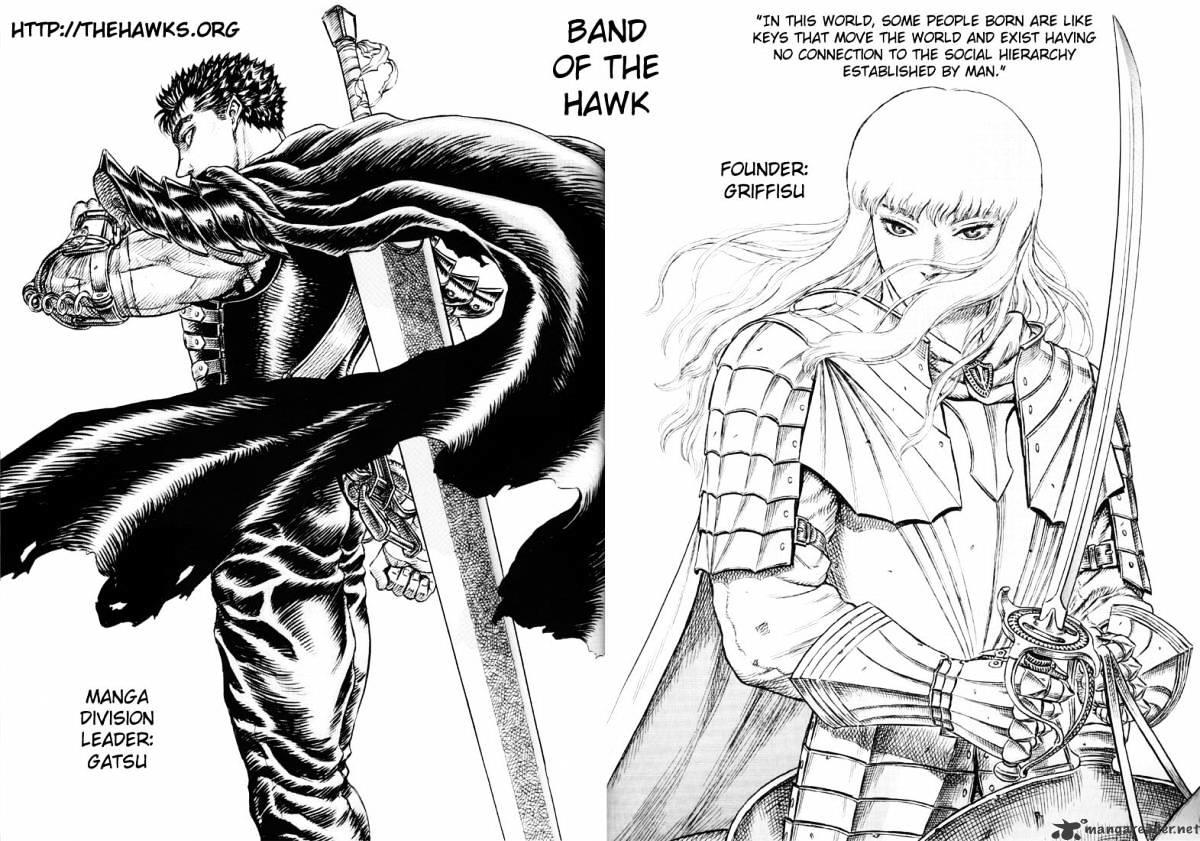Berserk manga cover art? Dude, it’s way more than just pretty pictures. We’re diving deep into the evolution of those epic covers, from the early volumes to the latest chapters. Think crazy stylistic shifts, killer color palettes, and how Guts himself has totally transformed over time. Get ready for a total visual history lesson, yo!
We’ll break down the symbolism – those Behelits, the Brand of Sacrifice – and how they totally connect to the manga’s dark themes. Plus, we’ll explore how the covers totally shape your expectations before you even crack open a volume. It’s like a pre-game hype session for your brain, only way darker and more intense.
Berserk Manga Cover Art: A Rad Visual Journey
Yo, manga heads! Let’s dive deep into the killer artwork of the Berserk manga covers. From the early volumes to the latest chapters, the covers have undergone a sick evolution, reflecting the epic story’s dark twists and turns. We’re gonna break down the artistic style shifts, symbolism, and how the covers totally shape our expectations before even cracking open a volume.
Artistic Evolution of Berserk Manga Covers
The Berserk manga covers are a total trip, man. The style has evolved drastically over the years, mirroring the epic scope of the story. Early volumes, especially during the Golden Age Arc, featured a more classic, almost romantic style with rich colors and detailed backgrounds. Think lush landscapes and dramatic lighting. As the story progressed into the Black Swordsman Arc and beyond, the style became grittier, darker, and more visceral, reflecting the brutal and hopeless tone of the narrative.
The color palette shifted too, with a heavier reliance on blacks, grays, and muted tones. Guts himself went through a visual transformation – from a relatively clean-cut mercenary to a battle-scarred warrior, reflecting his increasingly tragic journey.
A timeline would illustrate this perfectly: early volumes showcase a more vibrant color palette, with detailed backgrounds and a focus on Guts’ youthful appearance. Later volumes, particularly those covering the Conviction arc, are characterized by a darker, more desaturated color palette, mirroring the brutal and hopeless tone of the storyline. The background often becomes simpler, more abstract, and symbolic, focusing on the emotional state of Guts and the bleakness of his surroundings.
The detailed rendering of Guts’ armor and weaponry evolves, too, becoming more worn and damaged over time, reflecting his physical and emotional scars.
Remember to click alibaba magi manga to understand more comprehensive aspects of the alibaba magi manga topic.
Symbolism and Iconography on Berserk Manga Covers

The Berserk covers aren’t just pretty pictures; they’re packed with symbolism, dude. Recurring motifs like the Behelit, the Brand of Sacrifice, and the looming presence of the Eclipse are strategically placed to build anticipation and foreshadow key events. The backgrounds often depict desolate landscapes, swirling storms, or ominous castles, all reinforcing the manga’s themes of fate, despair, and the struggle against overwhelming odds.
These visual cues work together to set the tone and atmosphere for each volume, making the reader instantly aware of the story’s direction.
| Arc | Symbol | Placement | Significance |
|---|---|---|---|
| Golden Age | Behelit | Often subtly placed in the background | Represents the looming threat of fate and the forces of chaos |
| Black Swordsman | Guts’ scarred face | Prominently featured | Reflects his physical and emotional trauma |
| Conviction | The Brand of Sacrifice | Clearly visible | Highlights Guts’ cursed existence and his relentless pursuit of revenge |
| Falconia | Casca’s altered state | Central figure | Emphasizes the trauma and the need for hope |
Impact of Cover Art on Reader Perception
The cover art is like the ultimate teaser, man. It totally sets the mood and influences reader expectations. For example, the dark and brooding covers of the Black Swordsman arc instantly communicate the grim and violent nature of the story within. The covers of the Golden Age arc, on the other hand, convey a sense of hope and camaraderie before the tragedy unfolds.
The visual cues, color palettes, and character portrayals on the covers create a powerful emotional response, priming the reader for the emotional rollercoaster that awaits inside.
A hypothetical cover for a future volume might depict Guts standing amidst a ravaged battlefield, silhouetted against a blood-red sunset. His face would be grim, determined, but also weary, reflecting his unending struggle. The color palette would be predominantly dark and muted, with splashes of red to emphasize the violence and bloodshed. This design would accurately reflect the ongoing conflict and the weight of Guts’ experiences, creating a sense of anticipation and dread for the reader.
So, yeah, the Berserk manga covers aren’t just eye candy; they’re a crucial part of the whole Berserk experience. They’re a visual roadmap through the story’s darkest moments and biggest twists. From the subtle shifts in style to the powerful symbolism, each cover tells a story of its own, setting the stage for the epic battles and emotional rollercoaster that awaits inside.
Prepare to be blown away, seriously.


